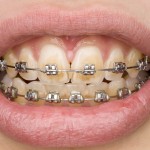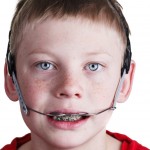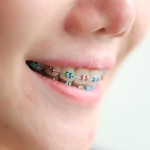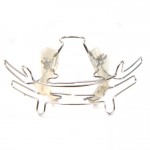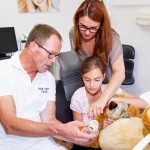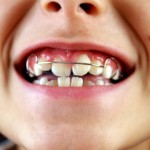
This Cochrane review of the effects of orthodontic interventions for preventing or correcting crowded teeth in children included 24 RCTs. A wide range of interventions were assessed typically is small single studies so the available evidence is of very low certainty.
[read the full story...]